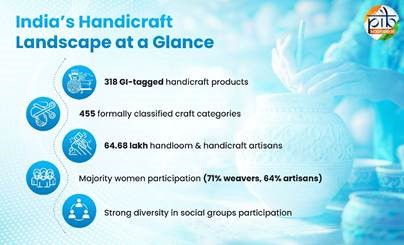Description
.jpg)
Disclaimer: Copyright infringement not intended.
Context
- Zimbabwe's adoption of a new gold-backed currency, known as ZiG (Zimbabwe Gold), represents a pivotal moment in the country's economic history.
ZiG:
- Central bank governor John Mushayavanhu announced the introduction of ZiG, emphasizing its structured framework and market-determined exchange rate.
- This move signifies a departure from previous currency systems and signals a fresh approach to monetary policy.
Currency Replacement:
- The introduction of ZiG comes as a response to the depreciation of the previous Zimbabwean dollar, the RTGS, which experienced a significant loss in value.
- With annual inflation reaching 55% in March, the need for a stable currency became imperative.
Transition Period:
- Zimbabweans have a limited window of 21 days to exchange old, inflation-affected notes for the new ZiG currency.
- While the US dollar remains legal tender and dominates transactions, the introduction of ZiG aims to offer an alternative means of exchange.
Backing by Precious Minerals:
- Crucially, the new currency is backed by precious minerals, primarily gold, or foreign exchange reserves, ensuring its value and stability.
- This measure is intended to prevent the currency from suffering the same fate as its predecessors.
Historical Context:
- Zimbabwe's economic history, marred by hyperinflation and currency crises, has engendered a deep-seated mistrust of the central bank among the populace.
- Previous currency initiatives, such as the bond note, have faltered due to overprinting and mismanagement.
Public Reaction and Economic Outlook:
- Despite assurances from the central bank, public reaction to the new currency reveal has been subdued, reflecting lingering skepticism and concerns about government accountability.
- Economist Godfrey Kanyenze highlights the importance of fiscal discipline in ensuring the currency's success.
Challenges Amidst Drought:
- The announcement of the new currency coincides with the country's struggle with a severe drought, which has devastated maize crops, exacerbating existing economic woes.
- This underscores the multifaceted challenges facing Zimbabwe's economy.
Conclusion:
- In conclusion, the introduction of ZiG represents a bold step towards economic stabilization and rebuilding trust in Zimbabwe's monetary system.
- However, its success hinges on effective implementation, transparency, and adherence to sound fiscal policies amidst ongoing challenges.
|
PRACTICE QUESTION
Q. Discuss the strategies for achieving economic stabilization in African countries, considering the unique challenges they face and the role of both domestic and international factors in this process.
|




.jpg)
.jpg)






